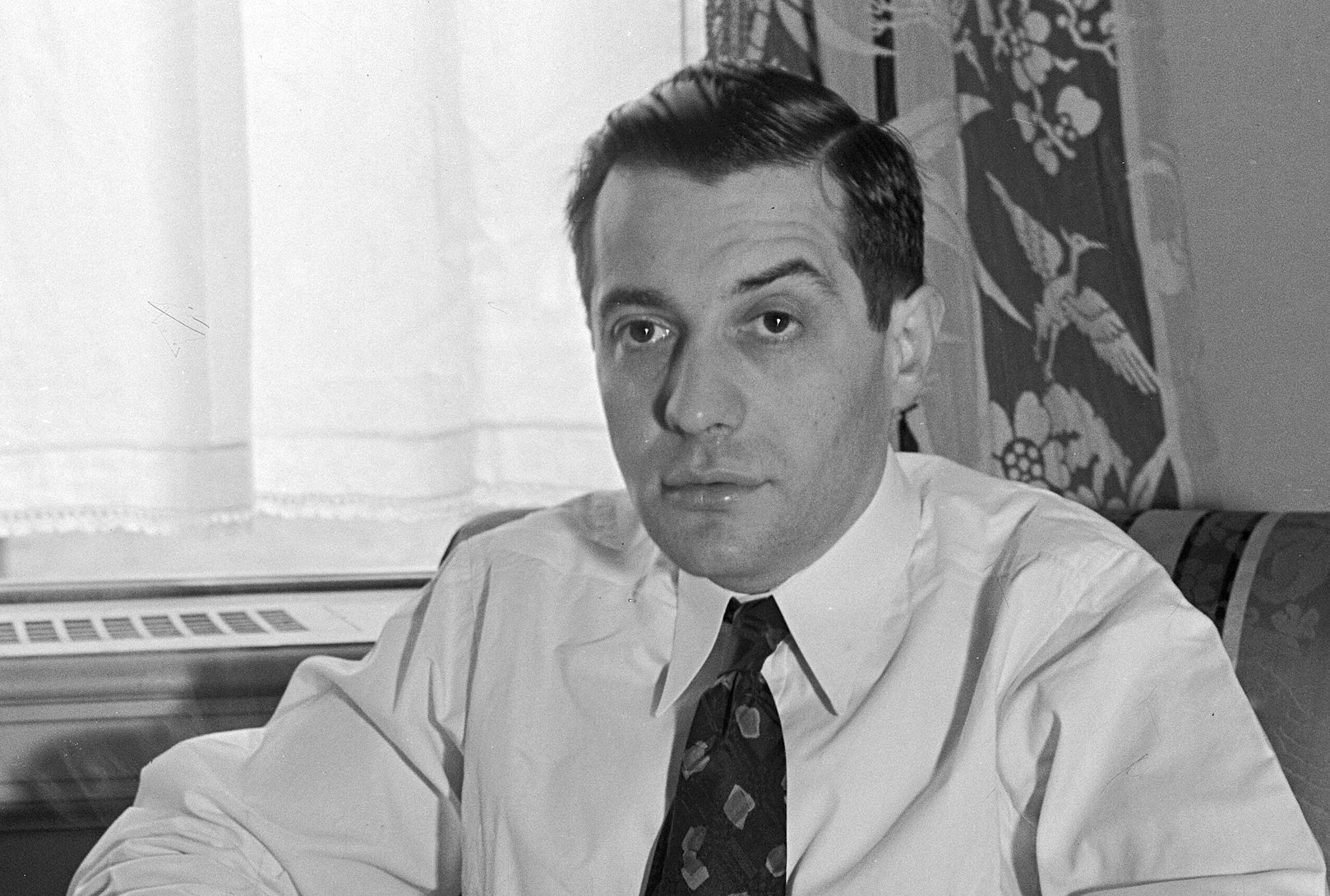If Zohran Mamdani emerges as the mayor-elect tonight, it won’t be too soon to start reading up on Vito Marcantonio. That’s because the Marxist mayoral aspirant is, in one of his final video messages of the campaign, hailing the legacy of the left-wing congressman who represented East Harlem in the 1930s and 1940s. An “unapologetic socialist,” Mr. Mamdani calls him.
Yet Marcantonio, a Soviet sympathizer with close ties to communism, is no hero. What does it say about Mr. Mamdani’s vision of governance that out of all the New Yorkers in the city’s three-century history, the figure he chooses to celebrate in his closing argument is Marcantonio? “We need to look only to our past for proof of how socialism can shape our future,” Mr. Mamdani avers in the video.
If that’s the case, Marcantonio’s career offers sobering lessons for those worried about New York City’s prospects under Mr. Mamdani. Marcantonio, in Mr. Mamdani’s telling, was not “just a seven-term congressman and LaGuardia’s protégé,” but “a steadfast ally to organized labor, and a champion for those who were often forgotten at the time.” Of Marcantonio, the mayoral aspirant reckons, “it was no easier being a socialist in the 1930s than it is today.”
Could it be that in 1944 Harper’s Magazine called the congressman “a fellow-traveler of the communists”? Though Marcantonio did not belong to the Party, “he would be foolish if he did,” Harper’s reckoned, “his policies are invariably those of the Communists.” If that was a “pure coincidence,” as Marcantonio insisted, Harper’s added, “then it is a coincidence that passes all understanding.” The magazine noted that the congressman, when it came to “the virtues of the Russian state,” was “harshly dogmatic and makes no pretense to reasonableness.”
Marcantonio’s 1946 campaign was marred by the murder at East Harlem of a Republican district leader, Joseph Scottoriggio. The crime was never solved. Some Republicans even sought to bar Marcantonio from taking his House seat. Anti-Stalinist sentiment ended Marcantonio’s career in 1950. He died in 1954.
Mr. Mamdani laments that the leftist was “a target” of the “red scare” who “never apologized for who he was or who he fought for.” Yet Marcantonio’s career reminds us of the moral challenge facing America’s left in the 1940s and 1950s. The task was to purge from unions, the press, academia, and politics those in thrall to Soviet communism.
New York’s Liberal Party emerged in 1943 as a pro-democracy faction of the Communist-dominated American Labor Party to which Marcantonio adhered. In 1945, Commentary magazine was formed as a bulwark against Stalinists in the press. Labor unions, too, were wise to the need to eliminate Stalinist elements.
The Congress of Industrial Organizations famously acted to remove Soviet-leaning affiliates from its ranks and management, to plaudits from The New York Times. The union’s “elimination of Communist-dominated affiliates is laudable,” the Grey Lady said in 1950 in an editorial, “because they represent an extraneous force hostile to the real interests of the democratic labor movement.”
That clear-eyed appraisal was critical to America’s ability to respond to the threat of communist infiltration in the Cold War and helped ensure the Soviets’ eventual defeat. Mr. Mamdani’s ascendancy, in his own words, suggests an erosion, if not a reversal, of America’s victory over communism.
It’s of a piece, too, with his favoring of the Palestinian Arab cause over Israel. Mr. Mamdani’s embrace of Marcantonio illuminates a larger moral confusion on the left.
https://www.nysun.com/article/ghost-of-vito-marcantonio



